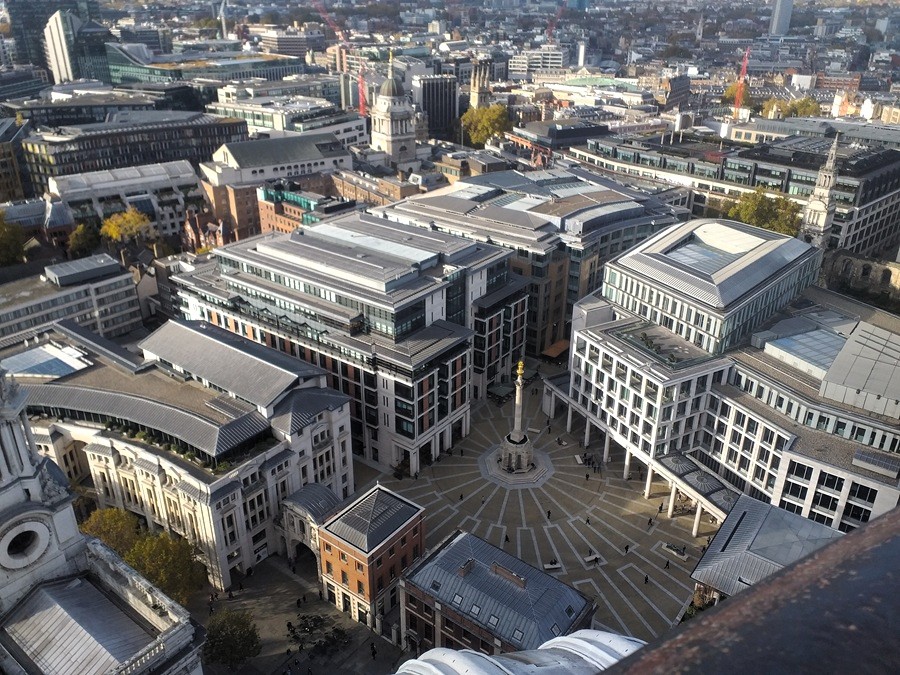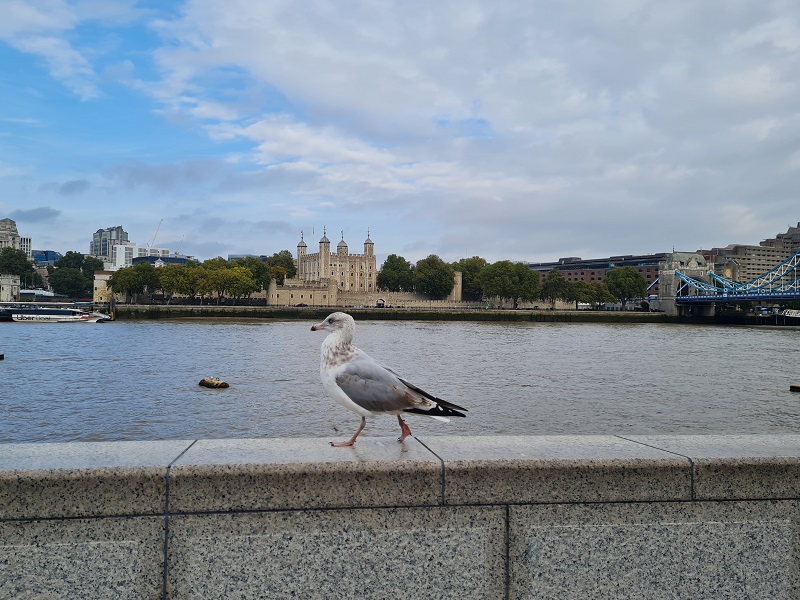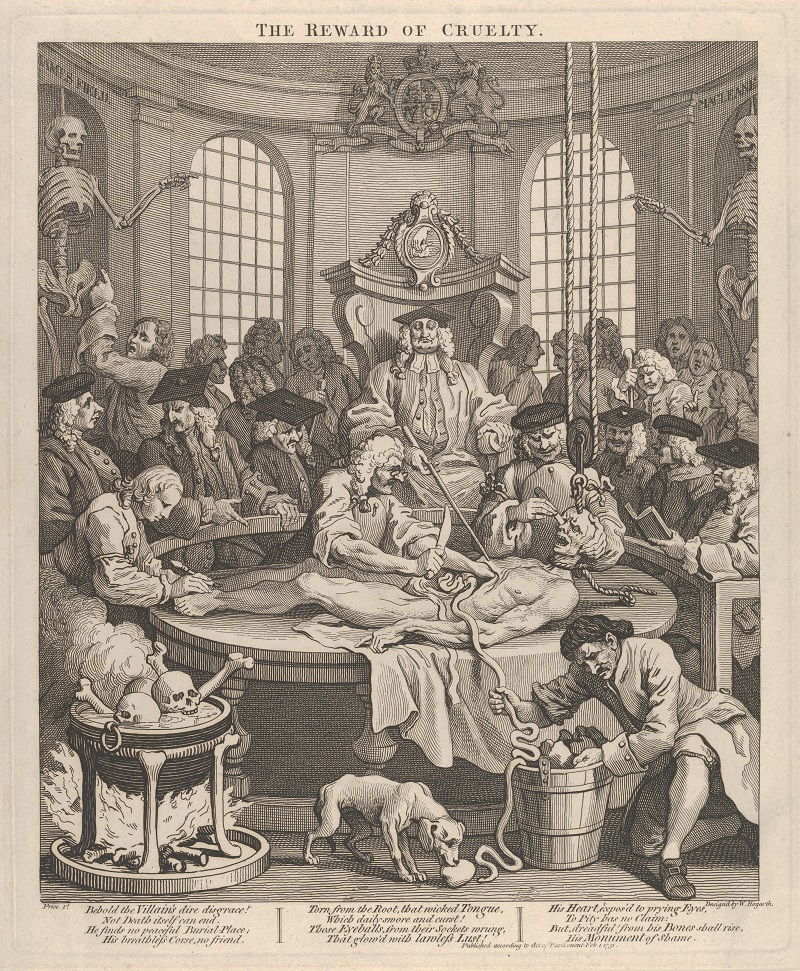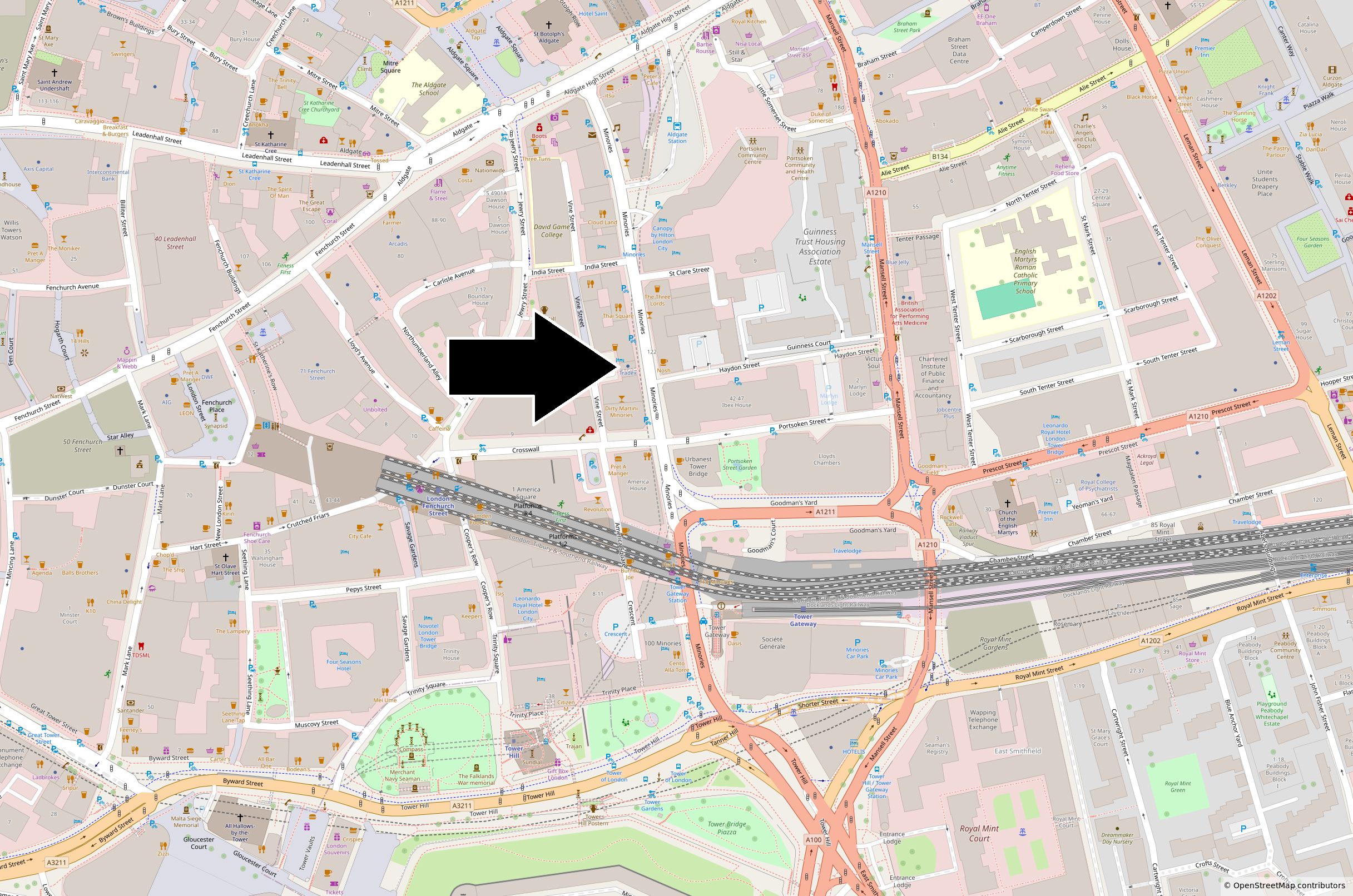by Dorothee Schröder
Paternoster Square lies behind St Paul’s Cathedral, near the top of Ludgate Hill — one of three hills in central London, alongside Tower Hill and Cornhill.
In medieval times, Paternoster Row formed part of St Paul’s Churchyard and was included in the route taken by clergymen during their litanies. It was here that they recited the Paternoster, the Lord’s Prayer. Soon, the adjoining courts and alleyways adopted the same name, as did the square itself.
Because of its liturgical connection and proximity to St Paul’s Cathedral, traders in religious goods settled in the area, selling rosaries and psalters to pilgrims on their way to the cathedral. They were later joined by mercers, lace-makers, and stationers, and the area became well known for its bustling trade.
After the Great Fire of London in 1666, however, the area was completely destroyed. When it was rebuilt, many merchants did not return, except for the stationers. In their place came publishers, transforming the district into the centre of London’s publishing trade. Taverns and coffeehouses flourished — among them the famous Chapter Coffee House, where writers such as the Brontës, Oliver Goldsmith, and Thomas Chatterton would meet.
Around the same time, Newgate Market, one of London’s major meat markets, was established here. It remained until 1868, when it was replaced by the Central Meat Market at Smithfield.
During the Blitz, Paternoster Row was again devastated — millions of books were lost in a single night when the booksellers’ shops went up in flames.
Rebuilding efforts in the 1960s proved unsuccessful. As Robert Finch, Lord Mayor of London, later wrote in The Guardian (2004), the area was “made up of ghastly, monolithic constructions without definition or character.” In the late 1980s and 1990s, redevelopment plans were drawn up, and in 1996 a masterplan by Sir William Whitfield was approved, balancing the commercial needs of the area with respect for its historical past.
Only a small portion of the original square overlaps with today’s design. The historic street lines have been reinstated, and the new square now provides an open pedestrian space. It is also home to the London Stock Exchange.
Reflecting its deep historical roots, Christopher Wren’s Temple Bar Gate (1669) was reconstructed here in 2004 as an entrance to the square. At its centre stands the Paternoster Column, 23.3 metres tall, a Corinthian column of Portland stone topped with a gilded copper urn that is illuminated at night. Though positioned as the symbolic “centre of gravity” of the redevelopment, it is positioned off-axis from the surrounding buildings by design, to break strict symmetry and create a more relaxed and open layout. The column also serves as a discreet ventilation shaft for the service road beneath the square.
At Paternoster Square, the coexistence of past and present is once again tangible — a place where centuries of London’s history meet the rhythm of modern life.
Cover picture: Paternoster Square seen from the top of St Paul’s Cathedral (Photographer: Philipp Röttgers)




